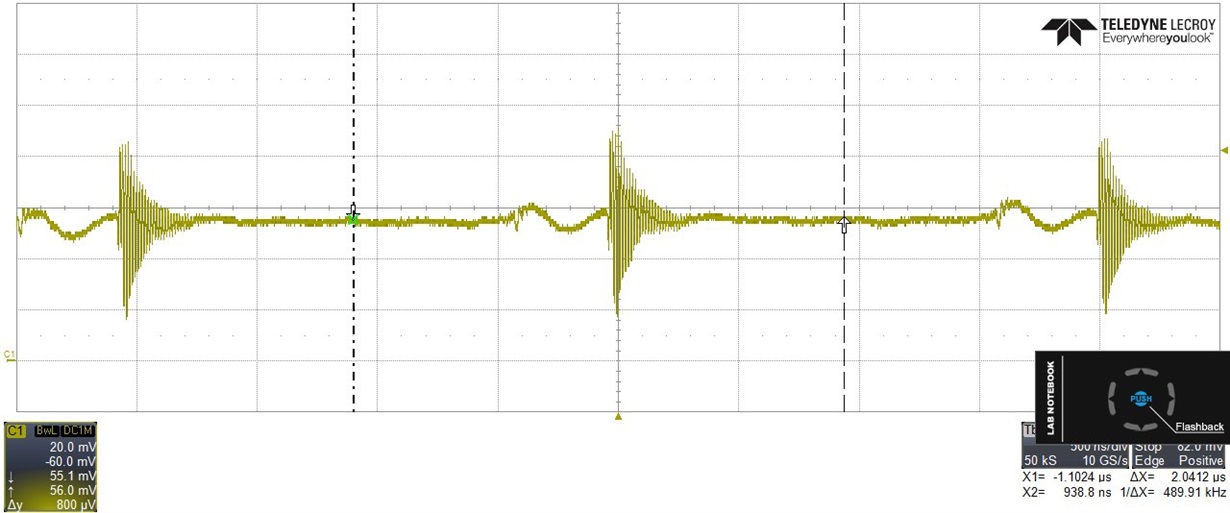54Hi experts,
I'm using TPS23861 in my POE board, I found the PD would power cycle every a few seconds (e.g. 4 seconds).
Then I used my PROC to read back the register0 and register 0A, register 0 is 9f and register 0xa is 0x30, so both VDUV and VPUV are "1".
In my board, VPWR (54V) will be ready 100ms earlier than VDD(3.3V), both SHUT_DOWN and RESET signals will be low, until CPU is up, SHUT_DOWN will be driven high firstly, then RESET signal.
Can you give me some comments why VDUV and VPUV are both "1"?
By the way, I think TPS23861 is working, as I could read 54V in registers 0x2e & 0x2f, read 25kohm resistor in 0x60 and 40degree in 0x2C.
Thanks
Chris



